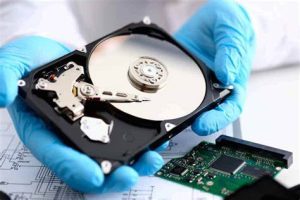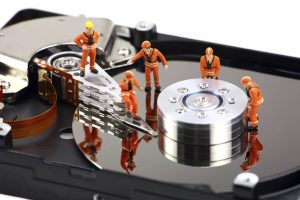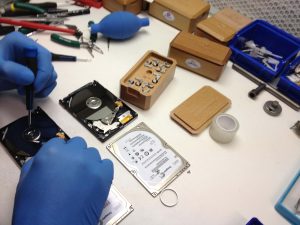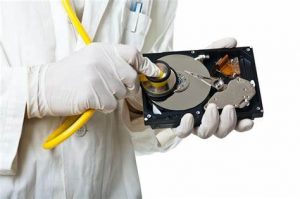Data Recovery In Phoenix AZ : Can SSD Drives Fail?
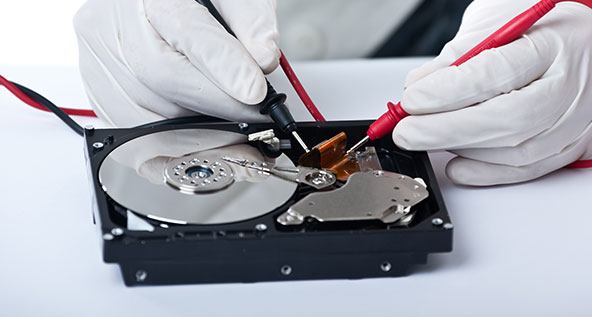
It is tough to imagine a downside to Solid-state drives (SSDs). These storage devices are compact, speedier than Data Recovery In Phoenix AZ HDDs, and do not have movable elements, so they can handle vibrations and shocks. Even better, they are gradually increasing storage space and reducing the price. If you have recently switched your primary drive from a hard disk drive (HDD) to an Data Recovery In Phoenix AZ SSD, you will undoubtedly realize how much faster everything is. Your computer will boot faster, apps and programs will load more quickly, and write or read rates will be significantly faster as well.
In the past, one of the drawbacks of solid-state drives used to be their relatively expensive cost per gigabyte. However, Data Recovery In Phoenix AZ SSDs with capacities of 500GB and above are now well within most people’s price brackets. True, HDDs are presently the best if you are on a tight budget, but SSDs provide many advantages over their mechanical equivalents; hence, most consumers are ready to pay a premium for them.
Do SSDs fail? If Yes, What Are The Causes of Failure?
In a nutshell, SSDs do fail, as do all drives. Nevertheless, the issues linked with SSDs and HDDs are distinct. Typically, because of the lack of moving parts, SSDs are often more sturdy than HDDs. HDDs are mechanical gadgets with rapidly moving components, such as the spindle motor and platters. Contemporary hard drives contain platter that spins at seven thousand two hundred revolutions per minute (7200 RPM). For this reason, even a minor impact, such as a bump or knock, can cause a significant crash.
On the other hand, SSDs store information as electrical currents on NAND flash chips and have no mechanical components. However, this does not imply that SSDs are utterly impervious to actual damage; a rapid power interruption may destroy internal parts such as the capacitor. SSDs are also prone to heat damage and must be stored at temperatures under 70 degrees Celsius. While this might appear impracticable, keeping an SSD near other warm elements can readily cause its temperature to rise.

Above all, the primary reason why SSDs will inevitably collapse is that the NAND flash could only sustain a certain amount of write/read cycles. NAND flash is nonvolatile storage, which implies it keeps information even without a power supply. To write new Twitter data, existing data in the cell must be cleared beforehand. Electrons are passed via an insulator, writing data to every cell, and with time, the cells’ insulator will start to wear.
The quantity of erase/program cycles before your SSD can fail will differ by model. However, the most contemporary SSDs may endure many e/p episodes before they collapse. Whatever the case, you must still retain an updated backup because SSD recovery can be costly.

